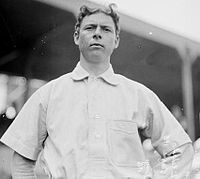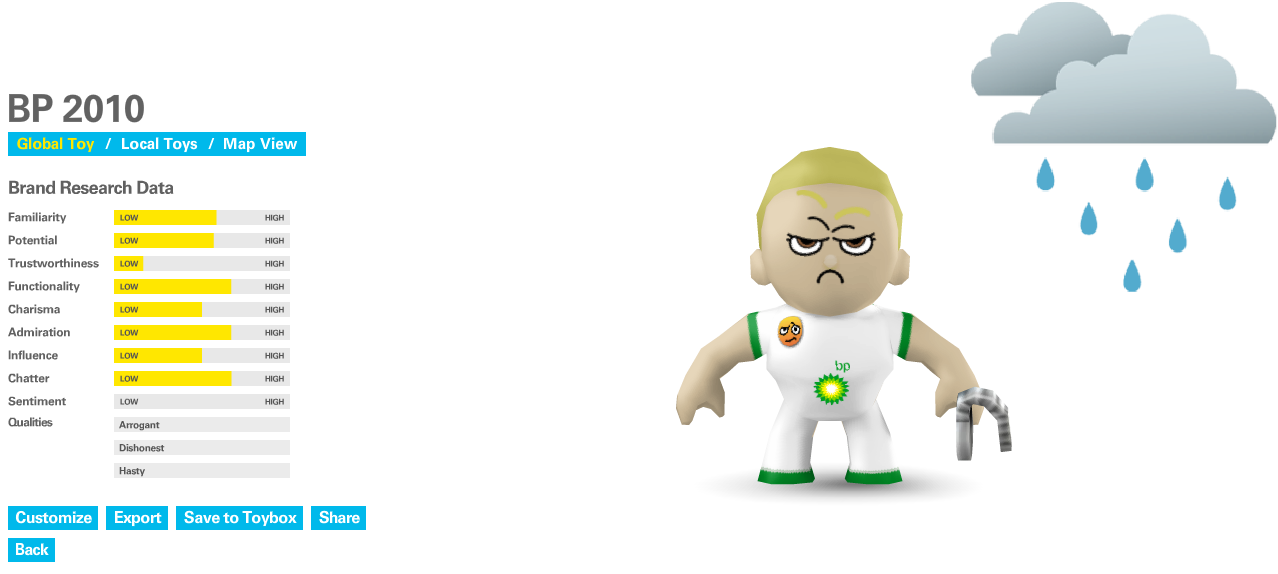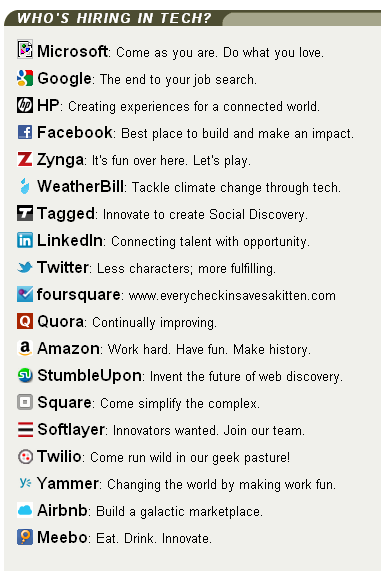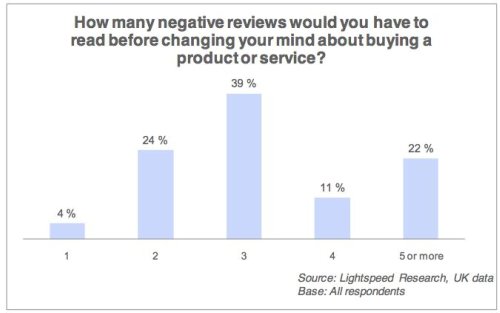The Employer Brand, New and Improved (if it exists at all)
Tonight on the HR Happy Hour Show, (8PM ET, if you don't know what time that equates to where you live, then you have bigger issues than catching a recruiting podcast to worry about), we will welcome Jake Dunlap, VP at Glassdoor.com to tackle the always interesting and occasionally controversial topic of Employer (or Employment) Brand. Glassdoor is the leading destination for employee and candidate authored company reviews, salary information, interview experience, and a whole lot of 'What's it really like to work here' testimonials. Cubs legend - Mordecai 'Three Finger' Brown
Cubs legend - Mordecai 'Three Finger' Brown
Controversial in the sense that Bigfoot, unicorns, or a Chicago Cubs World Series title are controversial - some folks are adamant and passionate that these things exist, attempt to point to (at times) circumstantial evidence to prove they are right, and eventually end up resorting to the 'nyah, nyah, nyah' line of argument to cement home their intellectual triumph.
Like unicorns, we want to believe the Employer Brand exists as more than just a concept, but rather an almost tangible, manageable, and potentially leverageable (I know, I hate that word too), component in our Human Resources and recruiting strategic toolkit. The idea that the way the organization presents and helps shape their brand message - the collection of what the organization values, represents, promises, and rewards its employees, (and by extension its candidates), can help that organization achieve superior results in recruiting, retention, and employee performance is certainly quite compelling.
But whether or not the Employer Brand actually exists is still not a given across the HR profession. Yesterday, Brent Rasmussen writing on TLNT.com shared some of the results of a recent Careerbuilder survey that indicated nearly half of HR managers questioned reported they did not have an employment brand. So despite some evidence to the contrary - that same Careerbuilder survey also indicated that job seekers strongly take into account elements of 'brand' in their decision processes, the idea of organizations possessing a distinct employment brand from whatever face they paint on themselves on the consumer side still has not seemed to achieve widespread or mainstream acceptance in the halls of HR.
Tonight on the show we will talk with Jake Dunlap from Glassdoor about the concepts of employer brand, whether or not it really does exist, (FYI - the Cubs last won the World Series in 1908), and more importantly whether debating about its existence is kind of a silly exercise anyway, and that sites like Glassdoor and a few little social networks you may have heard of called Facebook and Twitter can 'prove' the point of the employer brand advocates and end the debate in about five minutes.
We will also discuss how smart organizations are using all available resources, both ones they can control, and ones they can only guide, to try and portray their unique value proposition to effectively compete for talent, both on the open market, and inside the enterprise.
Employer branding is a great and interesting topic, I hope you can join the conversation tonight.
You can listen to the live stream of the show starting at 8PM ET tonight here, or by calling in on 646-378-1086. You can also follow the backchannel conversation on Twitter on hashtag #HRHappyHour.

 Steve
Steve




